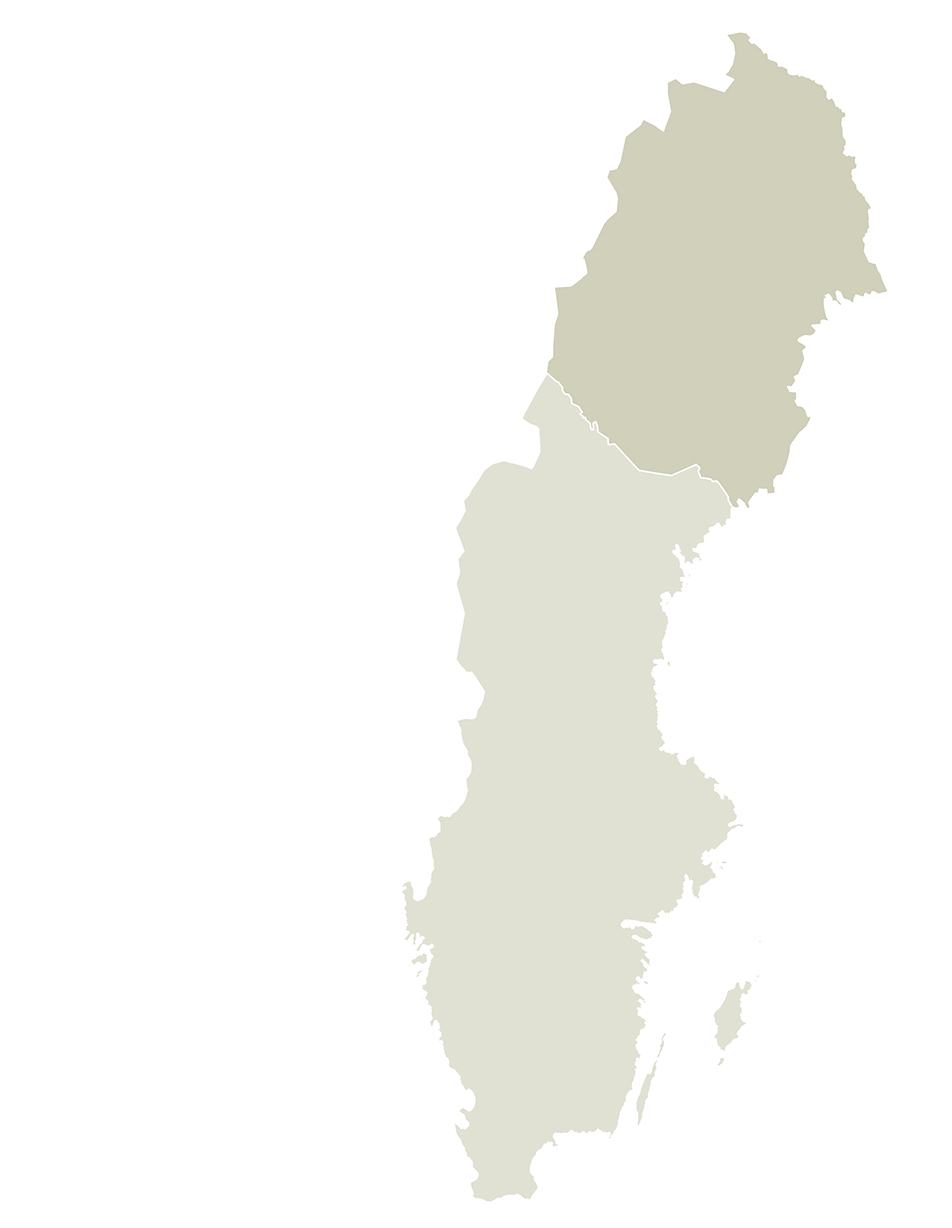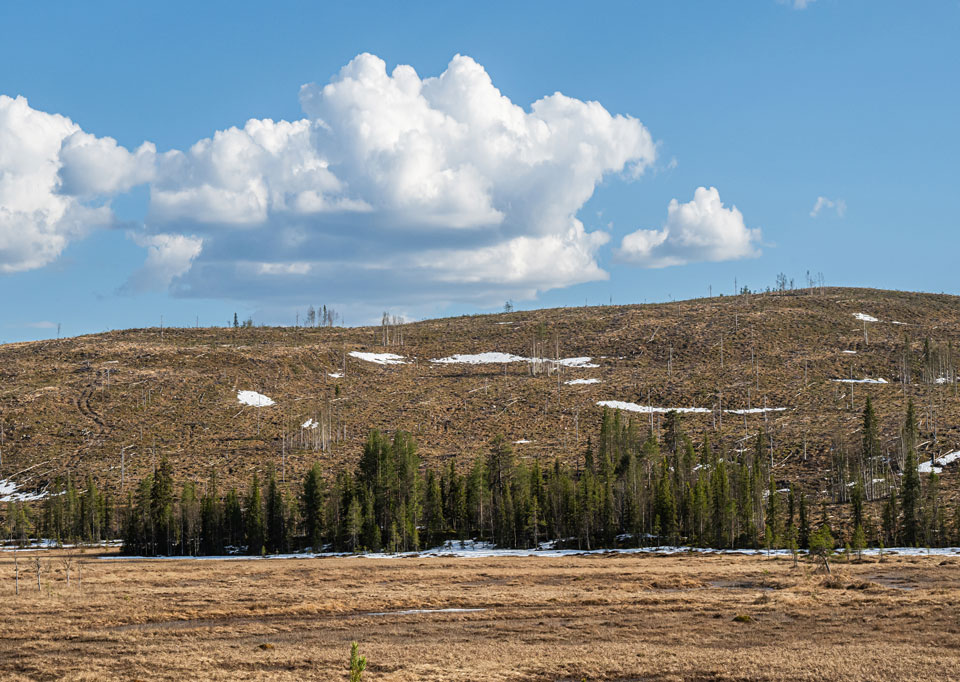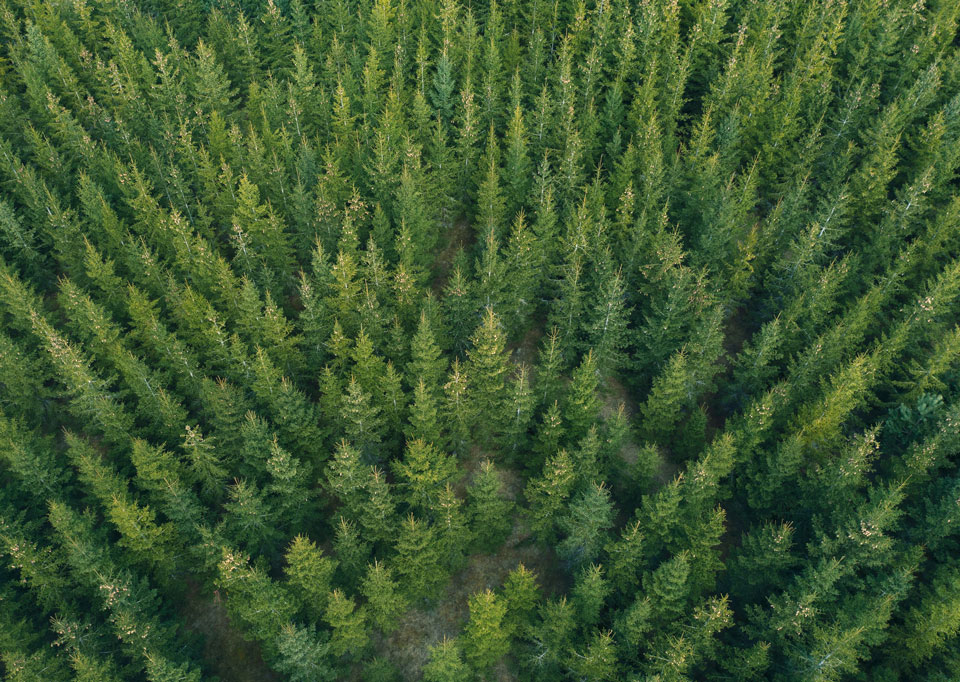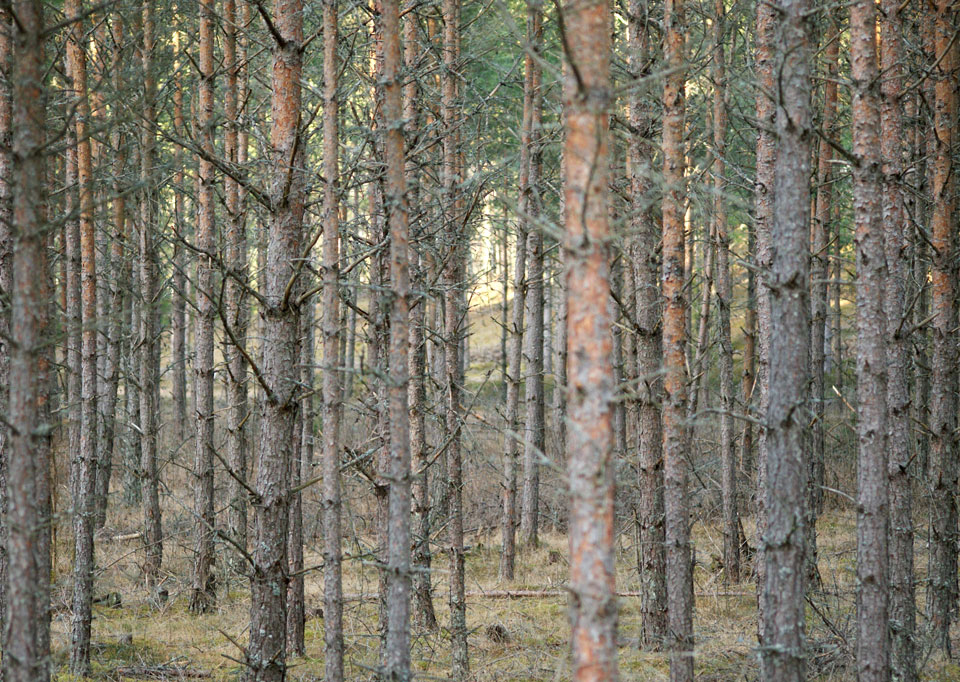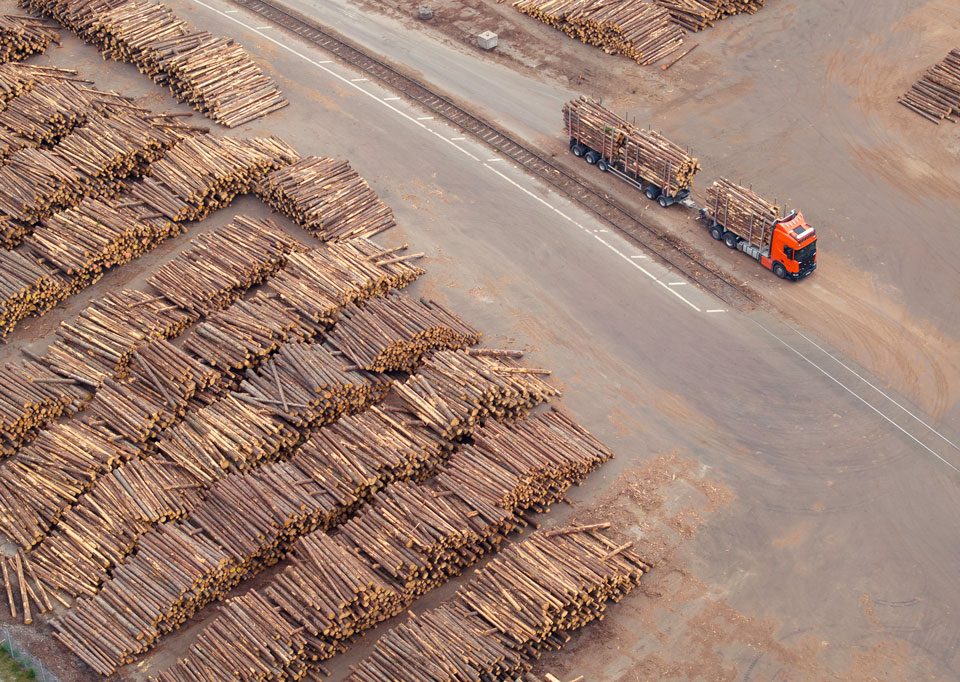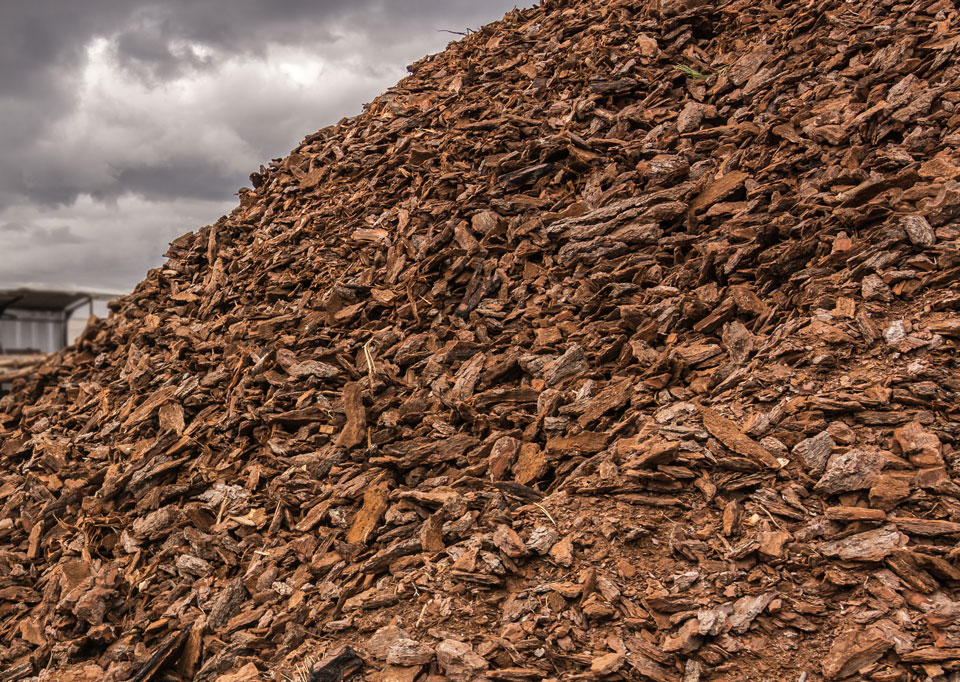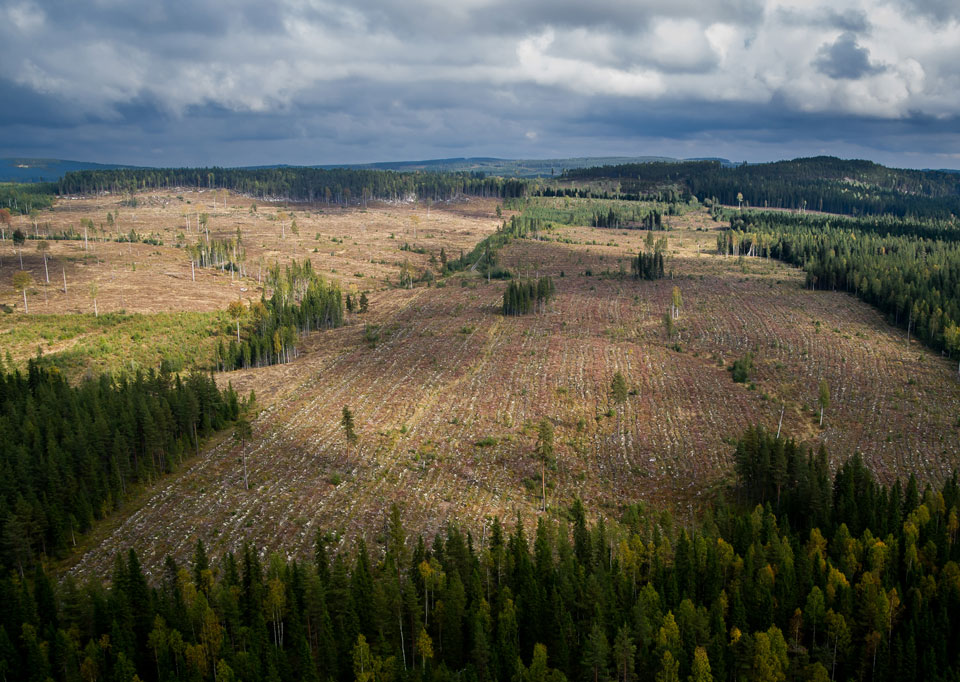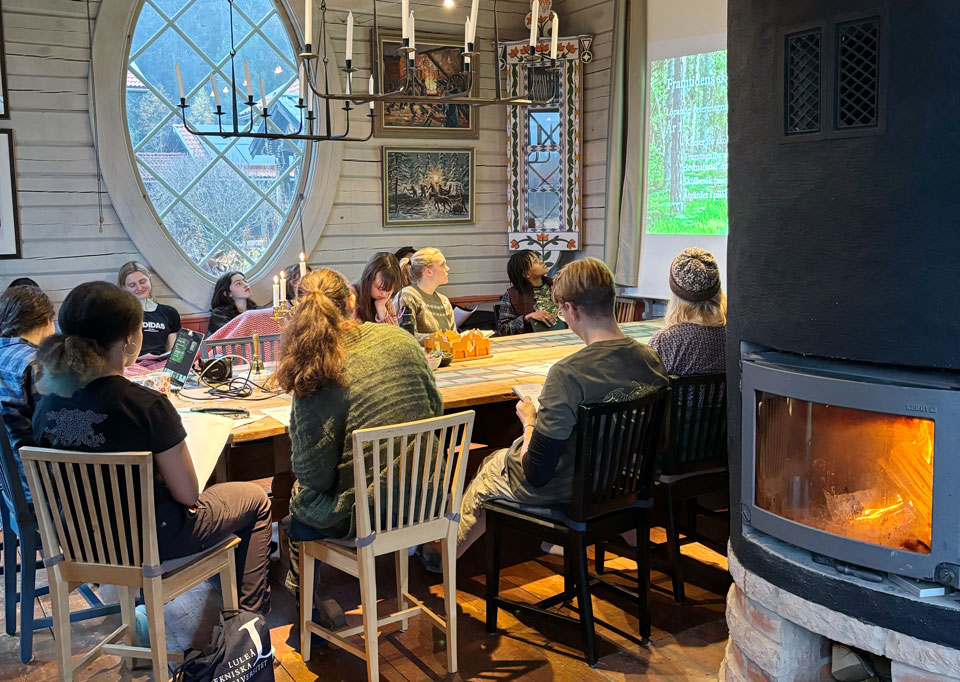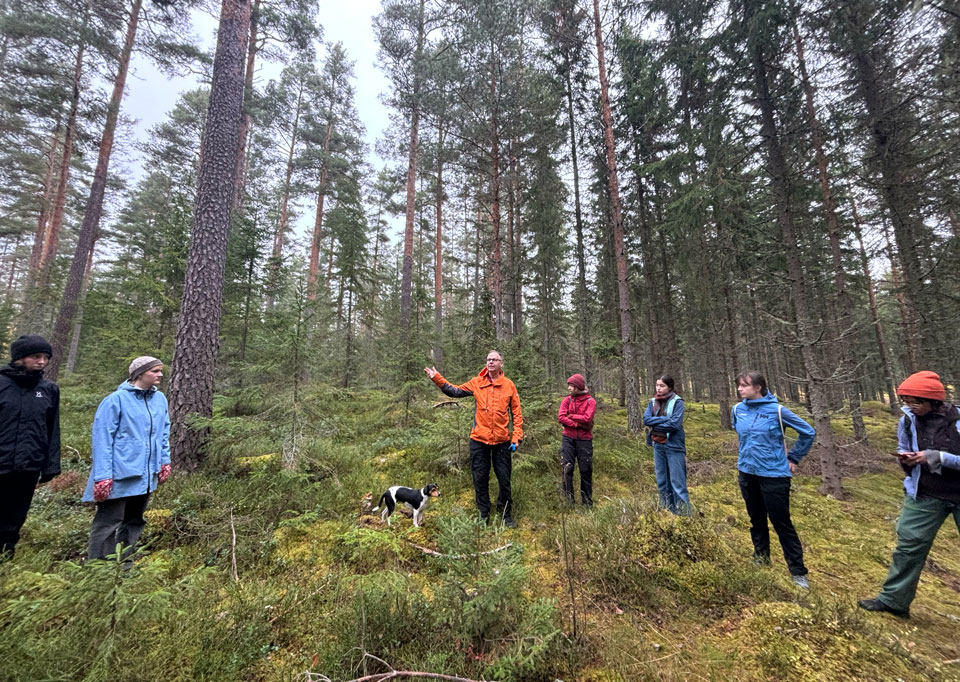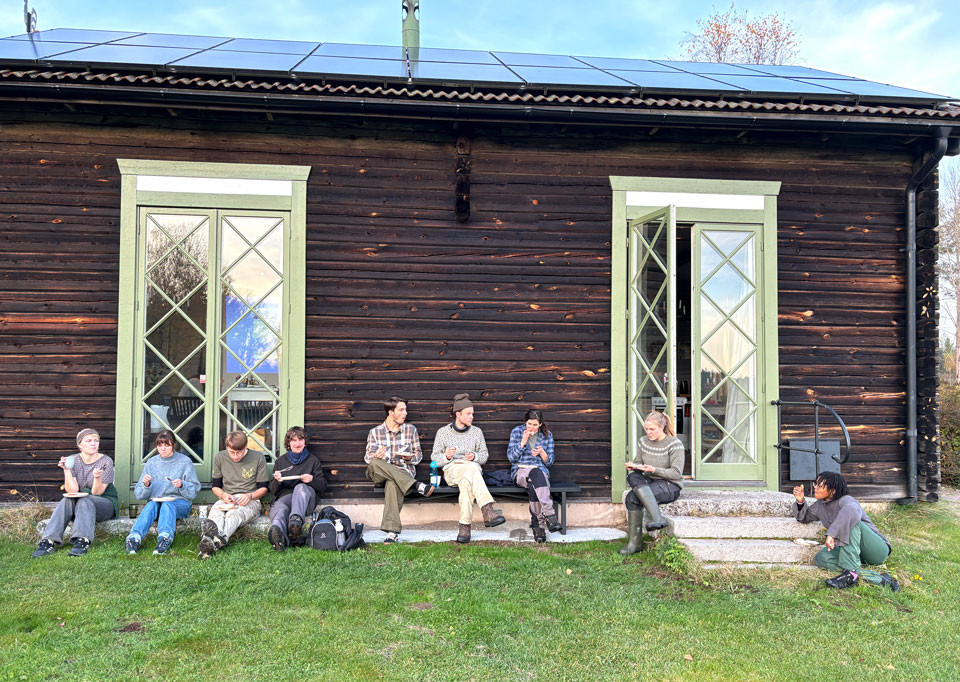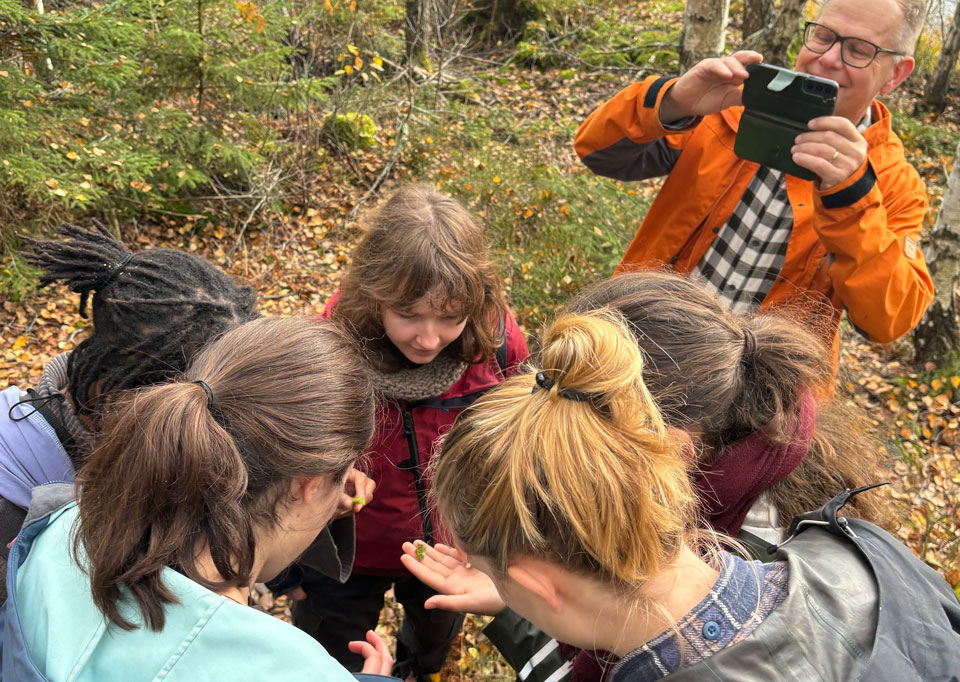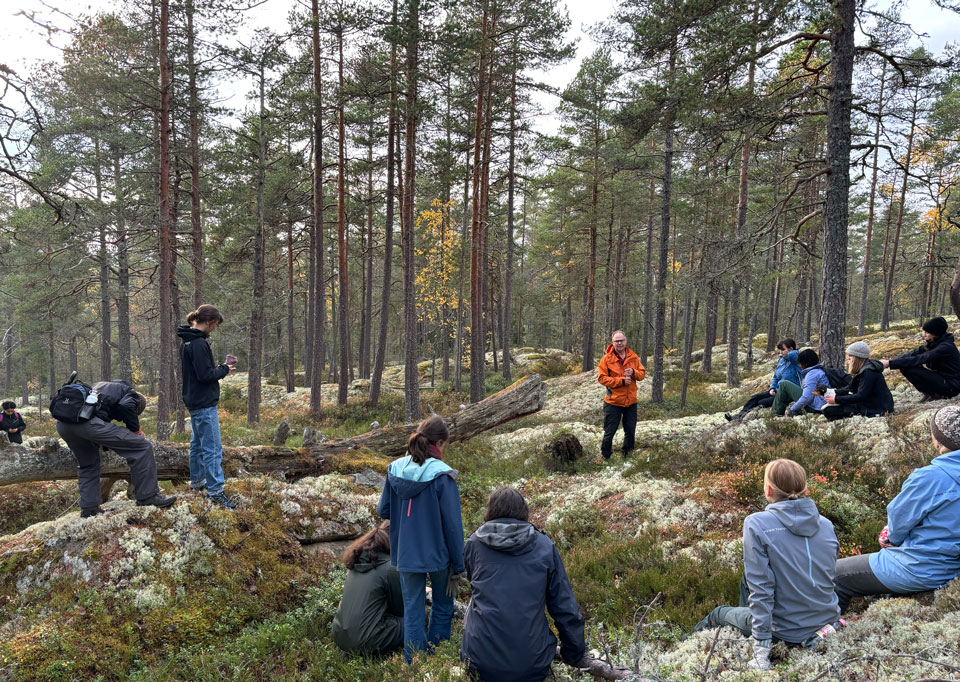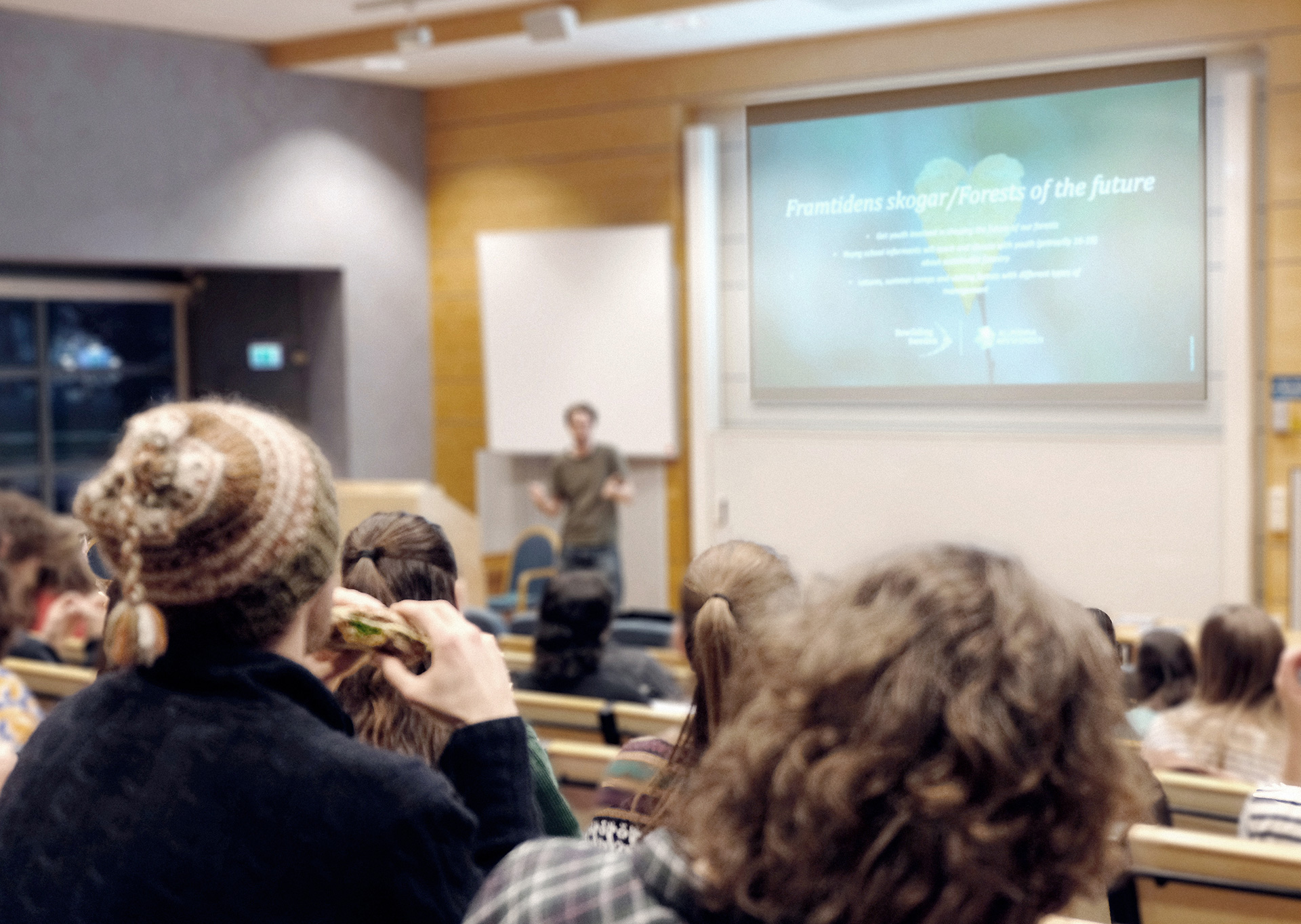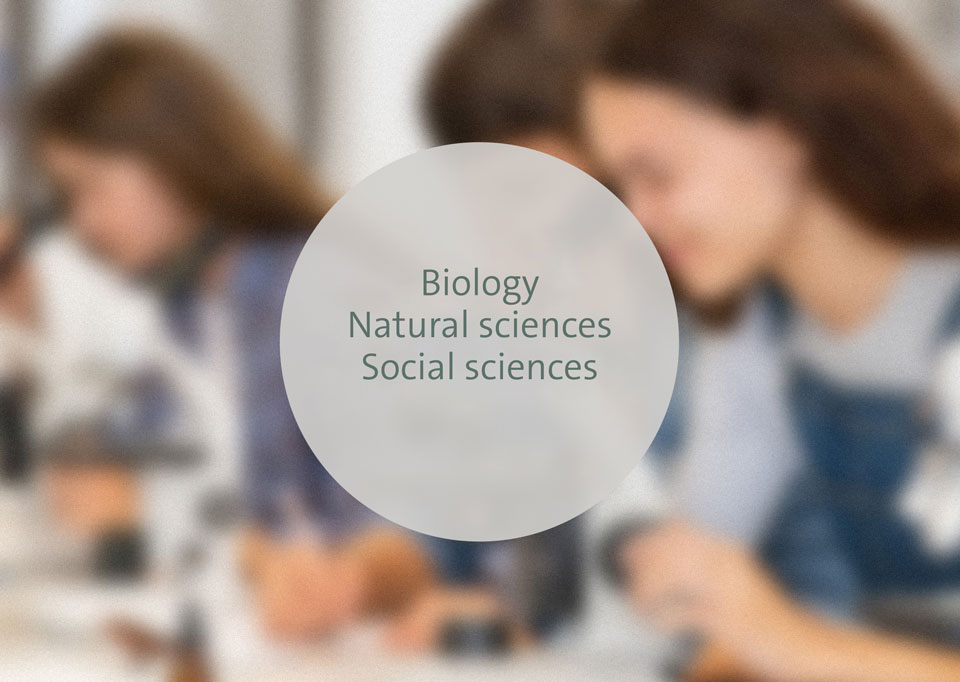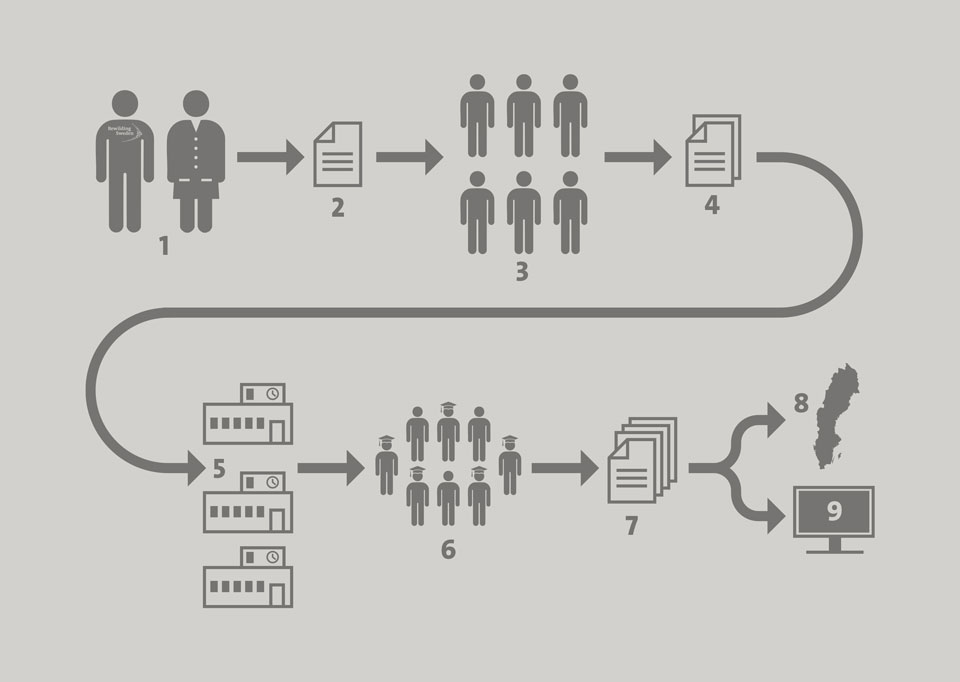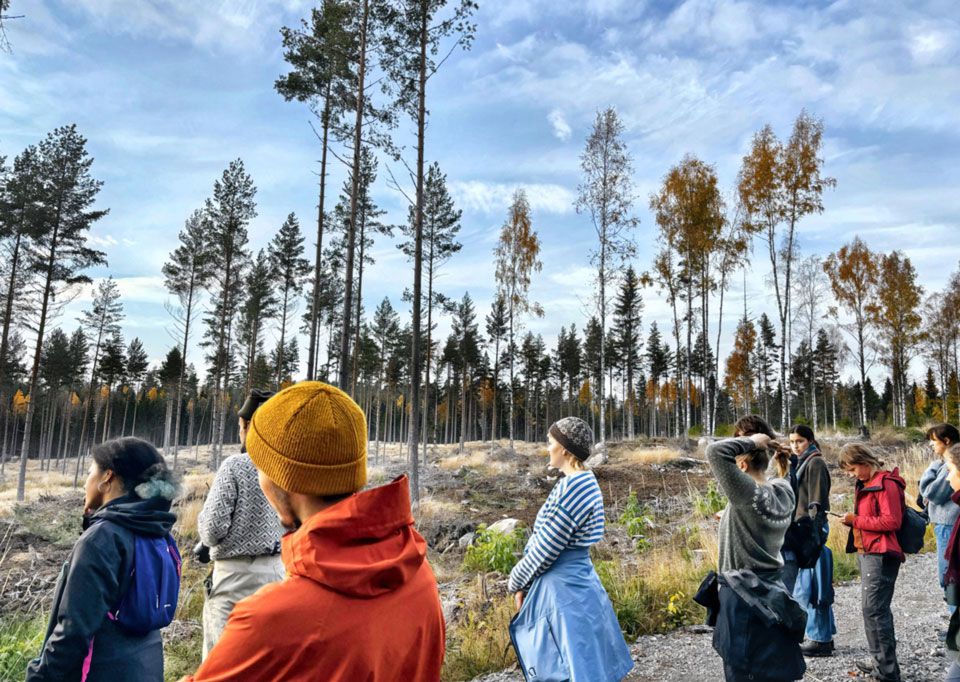Background and project outline
Discussions about the role of forests are more intense than ever. Research shows that today’s forestry practices have severe consequences for both climate and biodiversity. At the same time, there is a growing demand for renewable resources like wood products and fibbers, intended to replace high-emission materials. The forestry industry advocates for intensified logging and increased tree plantations – but what happens to forest species when rich, complex ecosystems are replaced with monotonous production forests? What happens to the carbon stored in trees and root systems? Both the EU and the scientific community emphasize the urgent need for change in forestry practices – yet in this transition, where is the voice of young people?
This initiative aims to highlight the many values of forests and provide young people with a platform to discuss the future of Sweden’s forests. Should forests be protected for the climate? For biodiversity? Recreation? Or material production? Using scientifically based educational materials developed by Rewilding Sweden, the Swedish Society for Nature Conservation, scientists, and youth, young “school ambassadors” visit classrooms to deepen students’ understanding of the role forests play in both ecosystems and society. The materials evolve during the curse of the project based on the students’ own insights and will ultimately made freely available to schools. Running over three years, the initiative also includes camps, excursions, and advanced courses for young people passionate about forests and the environment, organized by Rewilding Sweden and the youth organization PUSH Sweden. At the end of the project, the perspectives of young participants will be compiled and presented to forest owners, organizations, and policymakers at a forest conference – ensuring that more voices are heard in the future of forest management.
Funding: Swedish Inheritance FundCollaborating organisations: PUSH Sweden, Future Minds, European Young Rewilders
